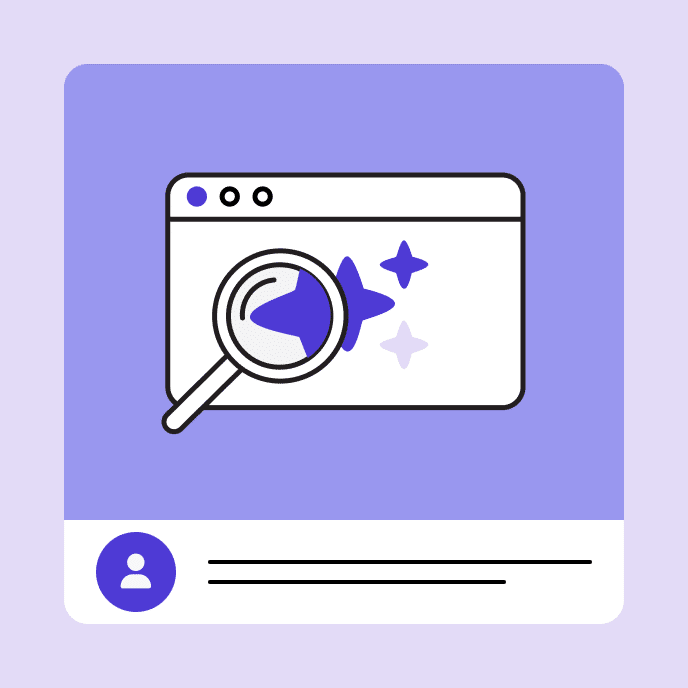Know Your Audience: Critical Insights for Better Training Results
Discover how understanding your learners’ real challenges transforms course effectiveness. Learn from a case study that turned struggling operators into top performers.

Why you need to know your learners: A course designer’s story
Let me share a story that transformed how I approach instructional design.
The million-dollar problem
We had machine operators who couldn’t meet their 90-day quotas and I was tasked with putting together some new training. I initially planned to create a standard task-based course. Before I started building the course, I decided to spend a few days on the production floor. What I discovered surprised me.
The new hires understood their job duties perfectly well so it wasn’t a lack of knowledge. The real problem? They were paralyzed by fear. Every day, supervisors reminded them, “This is a million-dollar machine, don’t break it.” This constant pressure to avoid mistakes had created a workplace culture of hesitation and slow performance.
Shifting the learning approach
This insight completely changed my course design. Instead of focusing primarily on job tasks, we dedicated most of the training to helping operators understand their machine regardless of production goals.
We started with a full week of preventive maintenance, allowing learners to become intimately familiar with the equipment. By the time they began actual production work, their confidence had soared.
The client initially resisted this unconventional approach – they wanted more emphasis on job tasks. But the results spoke for themselves: within two weeks, almost all new hires reached their performance targets.
Without spending time with the learners and understanding their daily pressures, I would have missed this crucial insight. While a traditional task-based course might have seemed adequate, it wouldn’t have addressed the real performance barrier.
Common pitfalls to avoid
Let’s explore other challenges you can avoid by getting to know your learners better.:
Information overload
Don’t fall into the trap of endless screens of information. Instead:
- Learn how they actually apply information in their work
- Design around their actual needs, not assumed ones
- Drop learners into real-world scenarios
- Have them make decisions using course information
Expert blind spots
When you’re both a designer and subject matter expert, you risk:
- Relying too heavily on your own experience
- Forgetting how much knowledge you’ve accumulated
- Missing the beginner’s perspective
- Solution: Connect with recent learners to understand their learning journey
Overcomplicating solutions
Sometimes you’ll discover:
- A simple job aid works better than a complex course
- Employees have already created effective shortcuts
- Your elaborate solution solves the wrong problem
Ignoring social learning
Remember:
- E-learning shouldn’t replace valuable peer-to-peer learning
- Sometimes people need connections, not courses
- Build solutions that complement existing social learning networks
Missing technical constraints
Avoid embarrassing oversights like:
- Creating audio-based courses for computers without sound cards
- Building solutions that don’t work in learners’ actual environments
- Ignoring technological limitations or physical disabilities
Misunderstanding motivation
Accept that:
- Learners may not share your enthusiasm for e-learning
- Performance improvement motivates more than content mastery
- Real-world application matters more than course completion
Taking Action
You don’t need clipboards and lab coats to understand your learners. Start with these simple steps:
- Talk to future course participants
- Interview recent learners about their experiences
- Observe the actual work environment
- Ask about challenges and existing solutions
- Watch for unexpected barriers to performance
The Bottom Line
Getting to know your learners helps you avoid costly mistakes and create truly effective training. Poor course design doesn’t just waste time – it can disrupt entire work environments by failing to address real performance issues.
Remember my machine operators: I could have created a perfectly structured course about operating procedures, but it wouldn’t have solved their actual problem. Only by understanding their world could I design a solution that truly worked.
You may also like

How to Find E-Learning Images to Boost Engagement and Enhance Courses
Learn how to find high-quality, royalty-free images to boost engagement and elevate your e-learning course design without breaking the bank.

